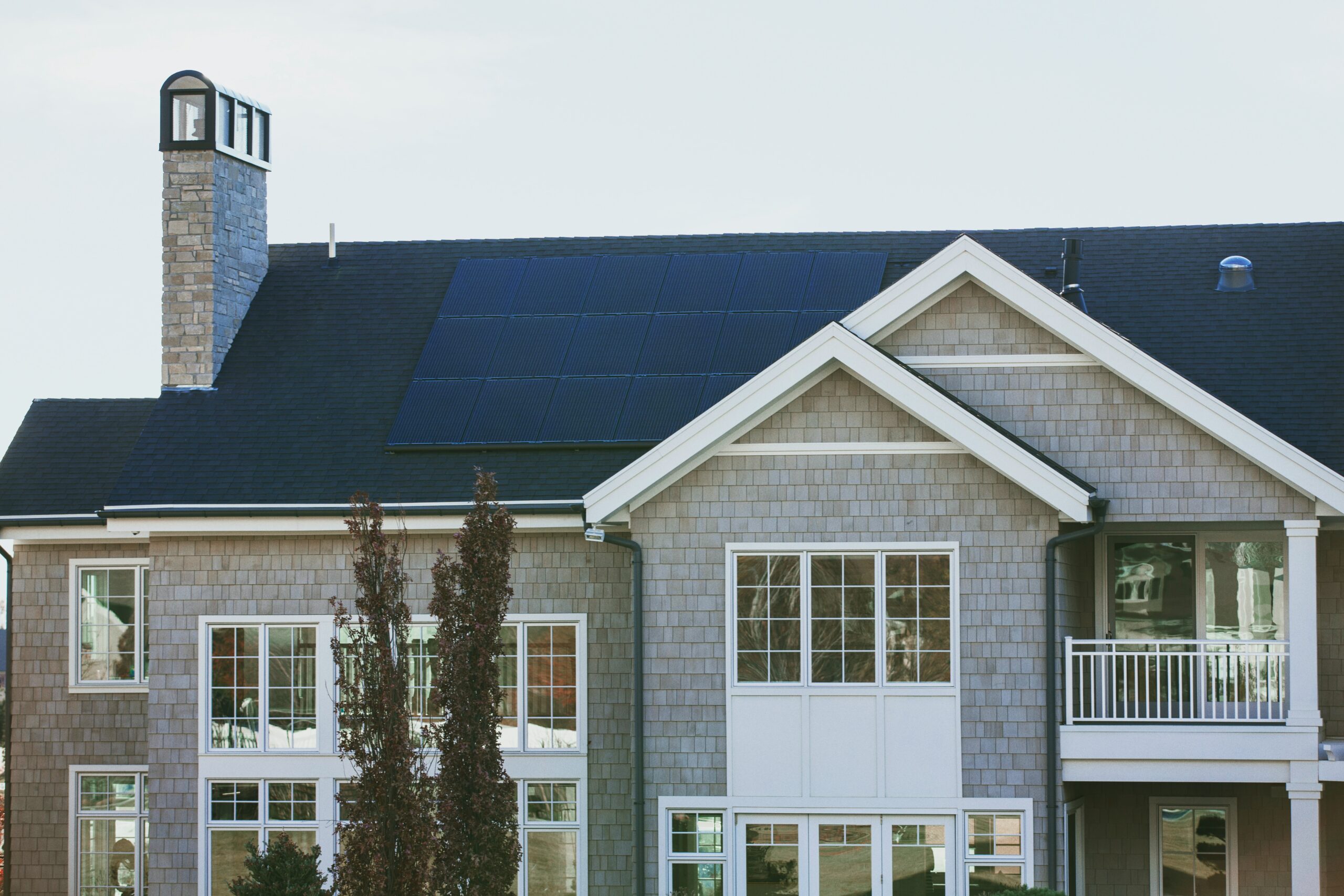Article Voiceover
The adoption of solar power in commercial real estate has the potential to transform the sector, offering both benefits and challenges. This article delves into the advantages and disadvantages of solar energy integration in commercial properties.
Benefits
- Cost Savings: Solar energy can significantly reduce utility bills, making it an attractive long-term investment for businesses.
- Increased Property Value: Solar installations enhance a property’s appeal to potential tenants and investors.
- Reduced Carbon Footprint: Solar power helps businesses reduce emissions and combat climate change.
- Energy Independence: Solar energy allows property owners to reduce reliance on the grid, ensuring business continuity.
Challenges
- High Upfront Costs: The initial investment in solar panels and infrastructure can be significant and may deter some property owners.
- Space Constraints: Commercial buildings may face limited space for solar installations, particularly in urban areas.
- Variability in Energy Generation: Solar energy generation depends on weather conditions and time of day, necessitating backup energy sources or energy storage solutions.
- Aesthetic Concerns: Solar panels may impact a building’s visual appeal, though building-integrated photovoltaics (BIPV) can mitigate this issue.
Embracing the Solar Revolution
The benefits of solar energy in commercial real estate are substantial, but challenges persist. Considering local regulations and incentives, property owners must weigh the costs and rewards. Commercial real estate can contribute to a more sustainable future by adopting solar power.
Together, let’s contribute to a more sustainable future.
Greg Totten
CGC 1529916 · LEED AP BD+C
O: (727)-386-9480
Share
Related Posts
February 21, 2024
Shaping the Future with Retrofitting Innovations
Chapter 6: Shaping the Future with Retrofitting Innovations
February 11, 2024
Navigating the Challenges of Retrofitting: From Planning to Execution
Chapter 5: Navigating the Challenges of Retrofitting: From Planning to…




